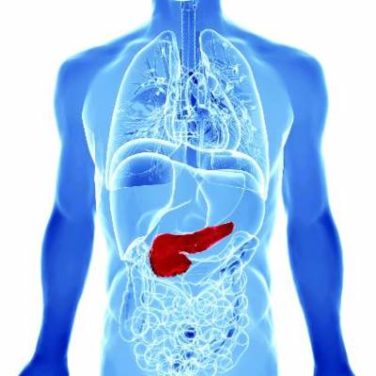AT ESHRE 2015
LISBON (FRONTLINE MEDICAL NEWS) – Singletons born after frozen embryo transfer are at significantly increased risk for being born large for gestational age, results of a retrospective, case-matched cohort study confirm.
Frozen embryo transfer (FET) was found to be a significant independent risk factor for LGA among FET singletons (odds ratio, 1.697; P = .032) on par with multiparity (OR, 1.615; P = .039) and maternal body mass index (BMI) between 25 kg/m2 and 30 kg/m2 (OR, 1.85; P = .026).
BMI greater than 30 kg/m2 tripled LGA risk (OR, 3.12; P = .002).Fresh embryo transfer (ET) and intra-cytoplasmic sperm injection had no effect on LGA occurrence, whereas double embryo transfer insignificantly reduced the LGA risk, study author Sara Korosec, Ph.D. , of University Medical Centre Ljubljana (Slovenia), reported.
The logistic regression model included smoking, hypertension, multiparity, BMI, gestational diabetes, and in vitro fertilization (IVF)/intra-cytoplasmic sperm injection.
“It appears we are running out of the most obvious maternal and IVF reasons for this phenomenon,” Dr. Korosec said at the annual meeting of the European Society of Human Reproduction and Embryology.
The findings are consistent with prior research demonstrating an increased risk for LGA in FET singletons, suggesting that the freezing and thawing procedures per se are partly to blame.
A recent Danish national cohort study ( Hum. Reprod. 2014;29:618-27 ) reported adjusted odds ratios of 1.34 and 1.91 for LGA and macrosomia in FET singletons vs. singletons conceived after fresh ET. This increased risk was confirmed in a sibling cohort, where one singleton was born after FET and the next after fresh ET, or vice versa.
Danish study author Dr. Anja Pinborg of the University of Copenhagen rose from the audience to acknowledge that adjustment for BMI as a possible confounder was not possible in their study and applauded the inclusion of BMI and diabetes in the current analysis.
“I really congratulate you on your findings and it’s nice to see that after controlling for these factors, it’s still there,” she said.
Several audience members agreed with the investigators that further research is needed to identify possible reasons for higher LGA rates in FET babies now that the “low-hanging fruit,” including maternal diabetes and BMI, are being excluded. Other factors to consider include placental differences between fresh and frozen embryo pregnancies, embryo selection using vitrification vs. slow freezing, and “the thing we are all most afraid of, underlying epigenetic disturbances,” Dr. Korosec said.
Dr. Korosec and her associates identified 4,508 singleton pregnancies and births (211 after FET and 916 after fresh ET) conceived as a result of IVF at the university between 2004 and 2011 and 3,381 naturally conceived controls in the National Perinatal Data System. There were 3 controls for each IVF pregnancy, matched by maternal age, parity, and maternity hospital.
LGA, defined as a birth weight above the 90th percentile, occurred in 14.7% of FET singletons vs. 8.7% of FET controls (P = .017) and in 9.4% of fresh ET singletons vs. 9.1% of fresh controls (P = .791), Dr. Korosec reported.
LGA above the 95th percentile was reported in 10% of FET singletons vs. 4.9% of FET controls (P = .012) and in 4.9% of fresh ET vs. 5.1% of fresh controls (P = .862).
Significant LGA risk factors among fresh ET singletons were multiparity (OR, 1.61; P = .001), BMI 25-30 kg/m2 (OR 1.70; P = .000), and BMI greater than 30 kg/m2 (OR, 1.93; P = .0001), she said.
Dr. Korosec reported no conflicting interests.




